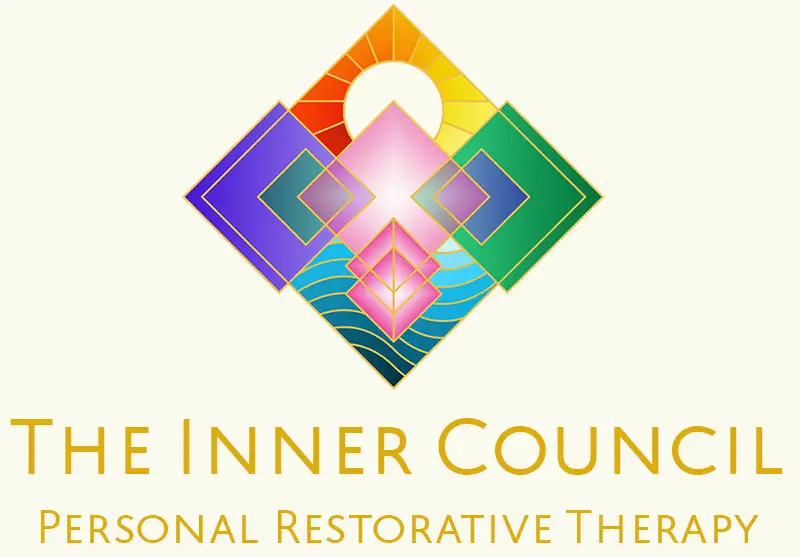BOOK YOUR WORKSHOP TODAY
All posts published here are presented as casual conversation pieces to provoke thought in some direction or another, they do not necessarily represent fixed opinions of the Inner Council, as our work exists beyond the spectrum of bound statement and singular clause.
Inner Child Dietary Record: Healing Your Relationship with Food
Improving our diet is rarely just about food. For most people, eating is tied to emotions, comfort, habits, stress, childhood memories, family culture and self-worth. This means traditional dieting approaches — strict rules, guilt, calorie counting — often make the relationship with food more painful, not less.
Through Inner Child work, we take a different approach. We soften the pressure, invite curiosity, and rebuild trust from the inside out. Instead of forcing change, we listen. Instead of judgment, we offer compassion. When the Inner Child feels safe, supported, and involved, healthy eating becomes a natural outcome of self-connection rather than discipline.
To begin this journey gently, we created the Inner Child Dietary Record, a weekly PDF that helps you observe your eating patterns, emotions, and intuitive needs. You can download it here.
Why Observation Comes First
Before anyone can “eat healthier,” they must learn how they eat now. Most people don’t actually remember what they eat in a day, much less how it made them feel. The Dietary Record gives you a structured but non-judgmental way to understand:
- which meals feel nourishing
- which meals feel heavy, tiring or emotional
- where boredom or self-soothing habits show up
- what your Inner Child truly enjoys
Unlike traditional food diaries, this is not about perfection, discipline or correcting yourself. It is simply witnessing.
When we witness without shame, transformation becomes possible.
Connecting Food to Emotions
For many, food was:
- a reward
- a punishment
- comfort during loneliness
- something eaten quickly to avoid being noticed
- something controlled or restricted by adults
The Inner Child remembers all of this.
Some children were told to finish everything on their plate, even when they were full. Others were shamed for wanting seconds, judged for body size, or ignored at the dinner table. Some learned that food was the safest friend they had.
This is why improving dietary habits is not about willpower — it is about healing.
By writing down your meals and emotional responses, you begin to see patterns:
- “I eat fast when I’m anxious.”
- “I snack when I feel lonely.”
- “I comfort-eat late at night when the house is quiet.”
- “I feel guilty when I enjoy food.”
These discoveries are not failures – they are openings. Each insight becomes an invitation to support the Inner Child with respect rather than control.
After Each Meal: A Gentle Check-In
Spend a few minutes filling in the Dietary Record:
- How do you feel energetically?
Calm, heavy, sleepy, grounded, jittery, satisfied? - What did you eat?
Ingredients, portion, method of cooking. - What thoughts or emotions arise?
Comfort, guilt, shame, pleasure, boredom, emptiness, joy?
We are not looking for “good” or “bad” — only truth. With honesty comes clarity, and with clarity comes change.
Many people discover that meals they thought were “treats” actually leave them unhappy, while simple, nourishing food feels surprising safe and loving to the Inner Child.
At the End of Each Day: Review + Dialogue
Look back at your food and emotional responses:
- Did you eat when you were hungry or when you were overwhelmed?
- Did you eat slowly, or rush through meals?
- Were there foods your Inner Child genuinely loved?
- Did you try something new?
Then practice a short Inner Child meditation:
- Close your eyes
- Place a hand on your heart or stomach
- Imagine your Inner Child standing beside you
- Ask gently:
- “What would help us feel good tomorrow?”
- “Is there a food you’d like to try?”
- “What makes you feel safe and cared for?”
Most people are surprised by the clarity that comes back — sometimes words, sometimes images, sometimes just a feeling.
Finally, share your experiences with your Practitioner, especially if deeper emotional patterns or memories appear. Food is one of the most powerful windows into childhood.
A Small, Practical Exercise
“Choosing Together”
When preparing a meal:
- Pause and breathe
- Ask your Inner Child what they feel like eating
- Offer a few kind options (not demands)
- Prepare or plate the food with care — almost like a ritual
- Sit down, eat slowly, and notice sensations
The point is not nutritional perfection — it is co-operation. You are inviting your Inner Child to participate, not forcing them to comply.
What Happens Over Time
As people continue the practice, something beautiful begins to happen:
- cravings change
- binge or stress eating reduces
- meals become calmer and more enjoyable
- guilt softens
- the body begins to trust the mind again
When safety replaces judgment, the nervous system relaxes, digestion improves, and food becomes nourishment instead of emotional noise.
This is why Inner Child dietary work succeeds where diets fail:
it works with the psyche, not against it.
FAQ: Inner Child Work & Eating Habits
Does this replace medical or nutritional advice?
No. This is a psychological and emotional approach to food. It works beautifully alongside professional guidance if needed.
What if I forget to track meals?
There is no failure here. Return when you can. Curiosity is more important than consistency.
Do I have to change my diet right away?
Not at all. Many people observe for 1–2 weeks before making changes. Awareness comes first.
What if my Inner Child wants unhealthy food?
Listen with curiosity. Sometimes the Inner Child wants comfort, not nourishment. When the emotional need is met, the craving often changes naturally.
In Closing
If you begin this journey gently, with honesty, compassion and play, your relationship with food will begin to soften. The Inner Child does not respond to pressure, but to care. And when the Inner Child feels safe, the body begins to heal.
Your only task is to listen.





